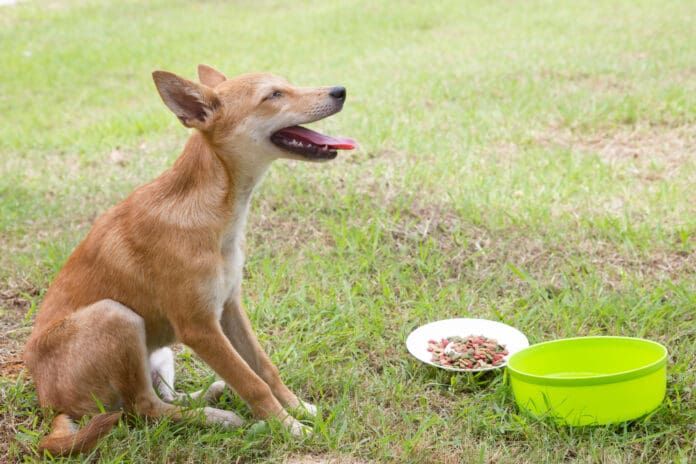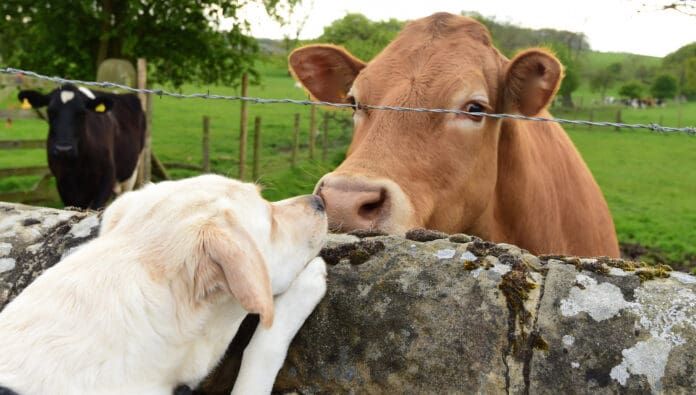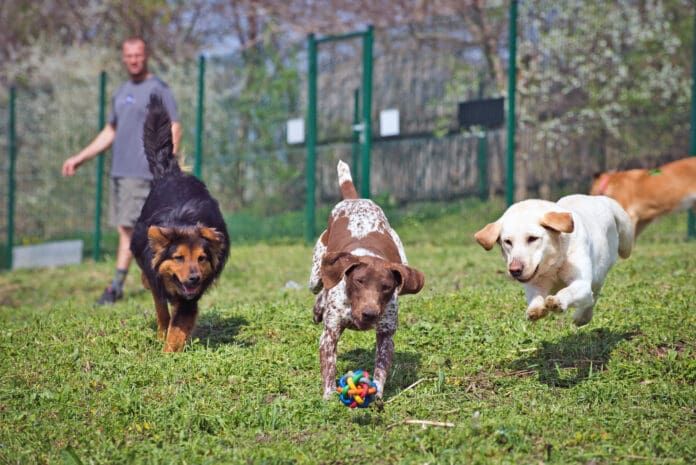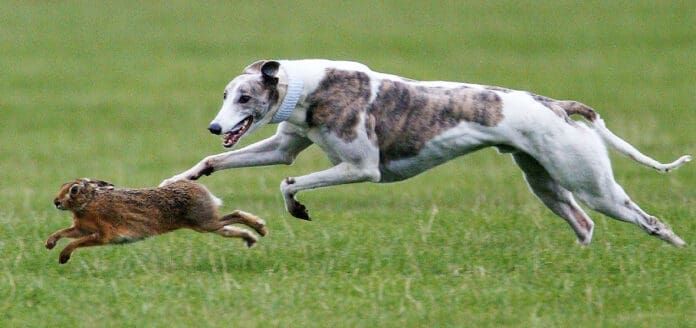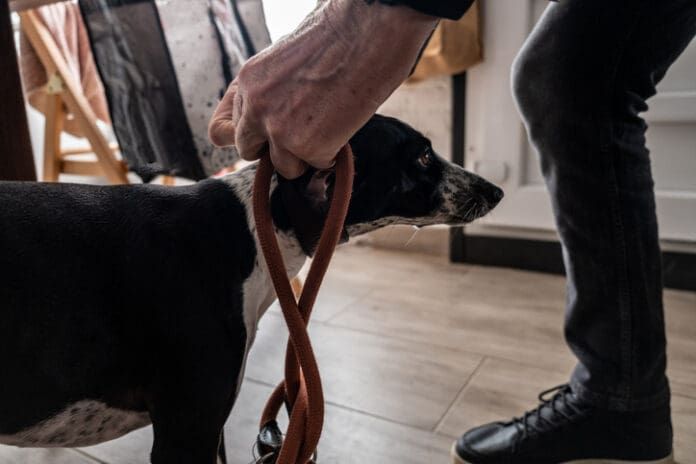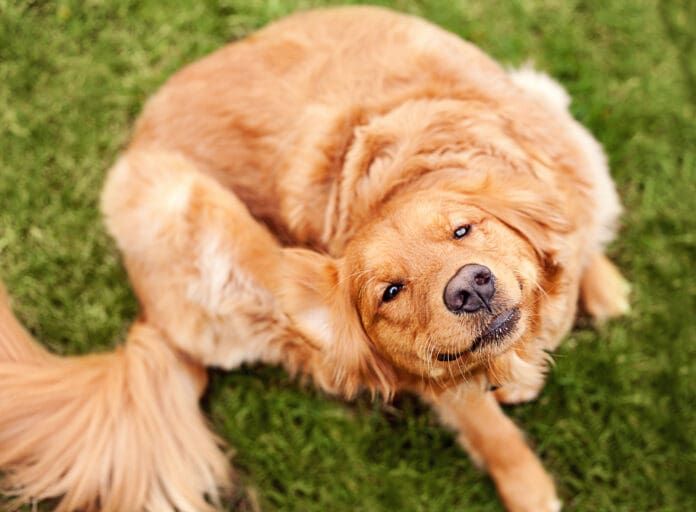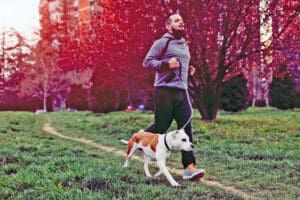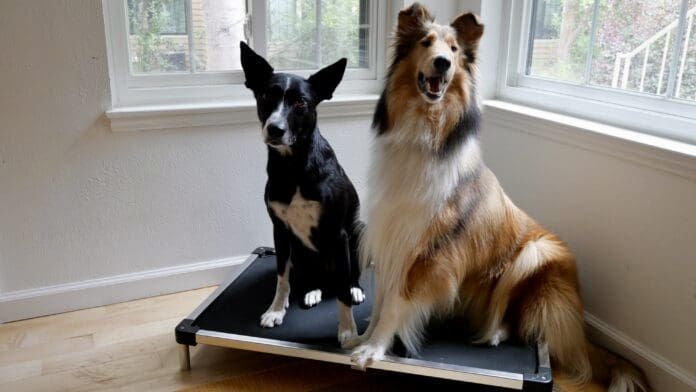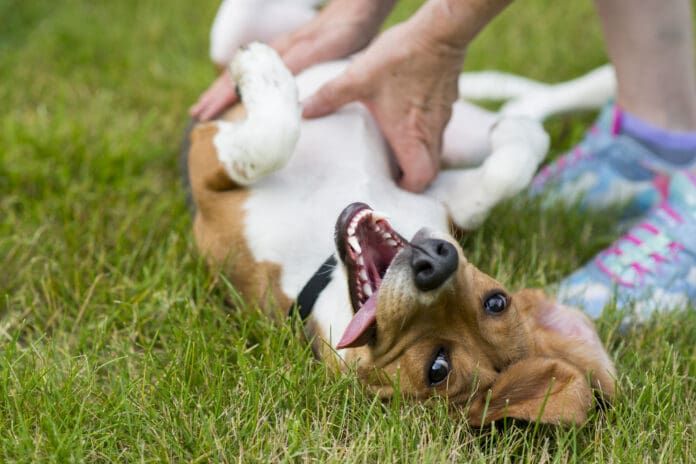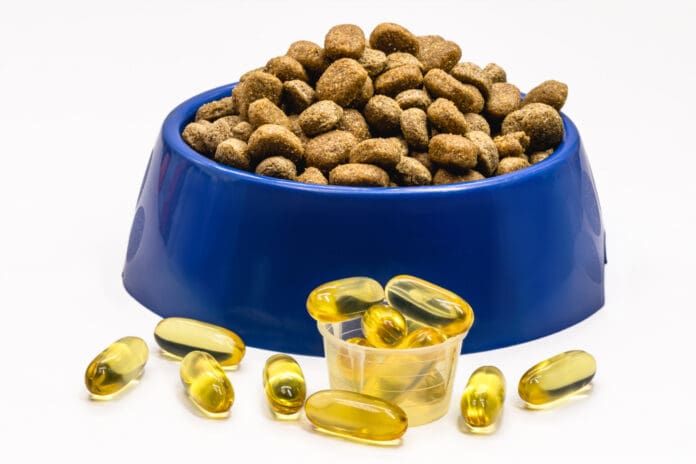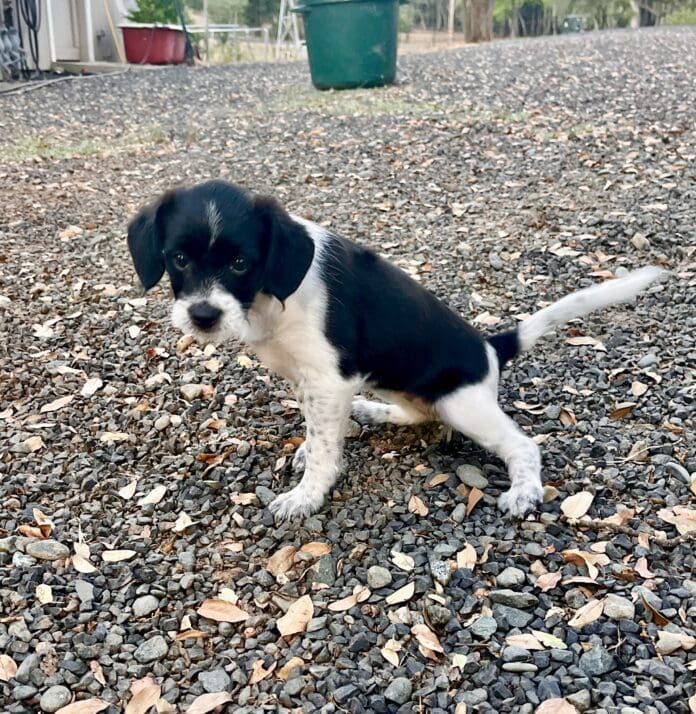For dogs with sensitive stomachs, meals can cause discomfort and distress. Digestive issues can negatively impact our pet’s quality of life and leave many owners searching for a solution to help alleviate their dog’s digestive issues. Fortunately, a lot of options exist for finding the right dog food for your dog.
What Is a “Sensitive Stomach”?
The term “sensitive stomach” refers to a variety of gastrointestinal issues that can impact dogs of all breeds, age, and size.
Common symptoms of sensitivities include:
- Vomiting
- Diarrhea
- Loss of appetite
- Gas
- Bloating
- Abdominal discomfort
While the underlying cause of sensitive stomachs can vary, potential factors may include food sensitivities or allergies, dietary changes, stress, gastrointestinal illness, and underlying medical conditions. If your dog is displaying chronic digestive issues, have him evaluated by your veterinarian to first rule out treatable illnesses or medical conditions.
Choosing the Right Dog Food
If illness is not to blame for the digestive upset, many owners and veterinarians turn to diet modification to try to alleviate symptoms. But what is the best dog food for dogs with sensitive stomachs? Choosing the right diet can be tricky, solid strategies to help you find the right food for your dog, include:
Highly Digestible Ingredients: When looking for food for dogs with sensitive stomachs, be sure to prioritize diets made with highly digestible ingredients. Select a diet made with high-quality proteins, fats, and carbohydrates, and try to avoid foods that utilize artificial additives and preservatives, as these ingredients can be harder for sensitive stomachs to tolerate.
Limited Ingredients: Many dogs with sensitive stomachs can benefit from diets that are made using limited ingredients. These diets typically contain a small number of high quality, readily digestible ingredients that may help reduce the risk of triggering digestive upset.
Novel Protein Source: These diets also often feature novel protein sources, which can be beneficial for sensitive dogs. Many food-related sensitivities are linked to intolerances to the protein source that is used. Novel protein sources, such as venison, kangaroo, alligator, duck, and rabbit, are less likely to elicit an allergic response compared to conventional proteins like chicken, beef, and lamb.
Hydrolyzed Proteins: As well as novel proteins, hydrolyzed proteins may be used. Hydrolyzed proteins have undergone processing to break them apart into smaller, highly digestible components. These smaller components, amino acids and peptides, are less likely to trigger digestive upset in dogs with sensitive stomachs.
Supplementing Probiotics
Probiotic supplementation can help maintain digestive health and alleviate symptoms often associated with sensitive stomachs. Probiotics are live microorganisms, often referred to as “good bacteria,” that confer health benefits to the host animal when consumed. Probiotics help to maintain a healthy balance of gut bacteria, which can be disrupted in dogs with sensitive stomachs.
Probiotic supplementation can:
- Restore the healthy balance in the gut by increasing the populations of beneficial strains and suppressing the harmful bacteria populations that can contribute to gastrointestinal upset.
- Reduce the severity and frequency of gastrointestinal upset in dogs and promote smoother digestion by supporting the breakdown and absorption of nutrients from food.
- Support immune function, with about 70% of the immune system located in the gut. Probiotics can function as immune modulators, reducing inflammation and potentially alleviating symptoms associated with food sensitivities.
Finding Probiotics for Your Dog
Some high-quality dog foods are formulated with added probiotics already in them; however, many owners opt for a probiotic supplement for their pet.
When selecting a probiotic for your dog, consider the strain and species. Probiotic species such as Bifidobacterium animalis, Enterococcus faecium, Lactobacillus acidophilus, and Lactobacillus rhamnosus, among others, that have been shown to be beneficial for digestion and GI upset.
When using probiotics, remember that long-term use is key to their efficacy. It takes time for the probiotic colonies to become established, outcompete the harmful bacterial colonies, and pass along benefits to our pets. Continued supplementation can ensure their health and stability in dogs, as can prebiotic fiber supplementation.
A word about prebiotic fibers: Prebiotic fiber can be added to the diet to support the health of beneficial bacteria (probiotics) living in the gut by providing them with a food source. By promoting the growth and activity of the probiotic bacteria, prebiotic fiber helps to maintain a healthy gut microbiome, which can alleviate digestive issues such as diarrhea, constipation, and gas. A gut microbiome facilitated by prebiotic fiber supplementation supports better digestion, absorption of nutrients by the dog, and overall improved immune function. Look for food that contains added prebiotic fibers such as Fructooligosaccharides (FOS) or chicory root (a source of inulin). Other ingredients, such as oats, barley, and sweet potatoes are natural sources of fibers that support digestive health.
When choosing a supplement for your dog, Whole Dog Journal recommends looking for the seal of the National Animal Supplement Council (NASC) to best ensure the product you’re considering contains what the label claims.
Commercial Diets
A variety of diets on the market are formulated specifically for dogs with sensitive stomachs. These diets often incorporate one or more of the strategies discussed in this article. In general, these diets are formulated to be highly digestible and often incorporate prebiotic fibers, probiotics, contain limited ingredients, and often use a single protein source. Depending on the manufacturer, feeding trials and clinical studies may have been performed to show efficacy.
In severe cases, veterinary-formulated diets may be necessary to manage symptoms and provide relief for dogs with sensitive stomachs. These vet-recommended diets are formulated to address underlying digestive issues or medical conditions and may require a prescription.
The Healthiest Food for Sensitive Stomachs
For dogs with sensitive stomachs, finding the right food is essential for supporting their health, wellbeing, and quality of life. Selecting foods that are easily digestible, contain novel proteins, use limited ingredients, and utilize a single protein source may help to reduce the chance that your pet reacts negatively to them.
However, remember that every dog is an individual and a variety of strategies may be needed to properly manage symptoms. If you think your dog is having difficulties with a sensitive stomach, a change in diet may make all the difference. As always, a consultation with your veterinarian may save you time and money in determining the best strategy to meet your dog’s individual needs.
Subscribers can consult our dog food databases online and search for foods that contain specific ingredients. We have databases for dry, wet, and freeze-dried/dehydrated foods.


